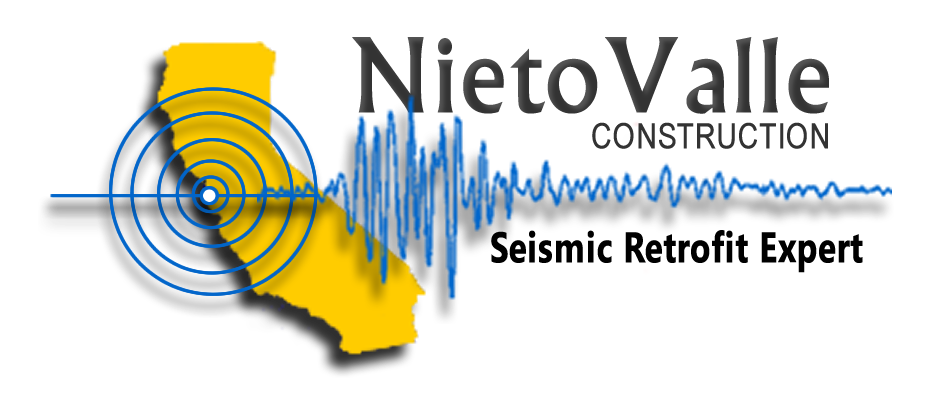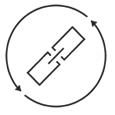Why Retrofit?
A seismic upgrade is highly recommended for houses built prior to the 1980’s because the building codes were not seismic compliant or strictly enforced at that time.
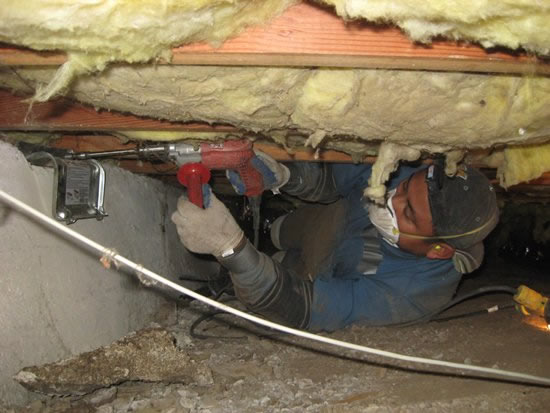
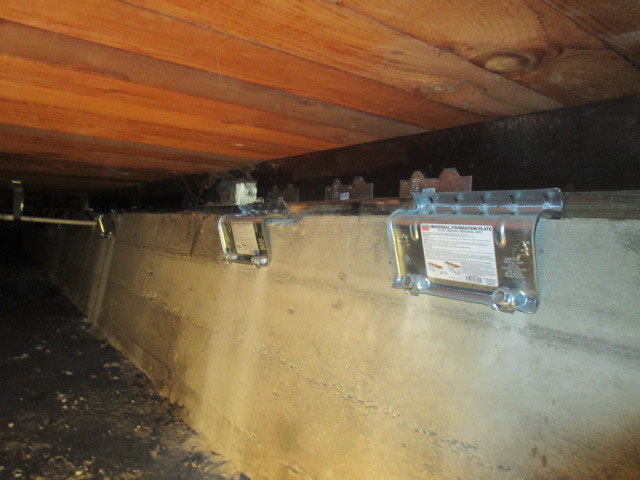
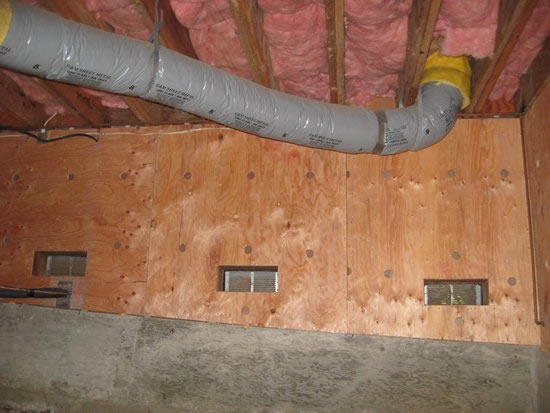
Earthquake Retrofit intends to minimize the damage to your home by bolting the framing to the foundation. It assures that your family and home is protected. A retrofit can make the difference of having a habitable home with minimum damages or having to be evacuated to a shelter.
Earthquake insurance in the Bay Area starts at about 10% of your home value and could leave you with a large out of the pocket expense before your insurance will cover your loss. If you ever consider selling your home a retrofitted house is more attractive to potential buyers than a home that is not.
How to fix my home?
What types of problems are there typically with houses?
There are two types of problems associated with seismic damage to dwellings. The first type is structural damage. This is damage caused by an earthquake that directly affects the capability of the house to stand up. The second type of damage is classified as nonstructural damage. This type of damage does not affect the integrity of the structure, but may prevent the use of structure after an earthquake.
What are common structural deficiencies?
The most common structural deficiencies in houses are related to the foundation. Since the foundation supports the rest of the house, any damage to the foundation will most likely affect the integrity of the structure. Many wood-framed homes, typically older housing, may not be adequately anchored or bolted to the foundation. Those that are not have the potential to slide off the foundation during the earthquake, severely damaging or destroying the house.
Another common deficiency in the foundation is an unbraced “cripple wall.” This is the short wall that connects the foundation to the floor of the house and encloses the home’s crawl space. If these walls are not braced with plywood, they have the potential to “tip” over, sending the house crashing down to the foundation.
What are common nonstructural deficiencies?
Even if a house is structurally sound, damage can occur due to items in the house. This type of damage can prevent the use of the house and have a significant financial impact on repair of the house following an earthquake. The most common items that can cause damage are unbraced water heaters, masonry chimneys, tall shelves and tall file cabinets. In addition to damage, toppling of these elements can cause severe injury.
How Do I Fix These Problems?
Many of the problems described above can be remedied through simple and inexpensive means. Nonstructural deficiencies can usually be mitigated using simple clips and straps bought at a local hardware store. Structural deficiencies may require the hiring of a general contractor or engineer.
Call for an inspection
Contact us to schedule a detailed foundation inspection to make your home safer in the next earthquake!
